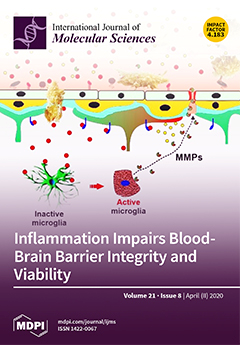Background: Foodborne outbreaks caused by
Campylobacter jejuni have become a significant public health problem worldwide. Applying genomic sequencing as a routine part of foodborne outbreak investigation remains in its infancy in China. We applied both traditional PFGE profiling and genomic investigation to understand the cause of a foodborne outbreak in Hangzhou in December 2018. Method: A total of 43 fecal samples, including 27 sick patients and 16 canteen employees from a high school in Hangzhou city in Zhejiang province, were recruited. Routine real-time fluorescent PCR assays were used for scanning the potential infectious agents, including viral pathogens (norovirus, rotavirus, adenovirus, and astrovirus), and bacterial pathogens (
Salmonella,
Shigella,
Campylobacter jejuni,
Vibrio parahaemolyticus and
Vibrio cholerae). Bacterial selection medium was used to isolate and identify the positive bacteria identified by molecular test. Pulsed field gel electrophoresis (PFGE), and next generation sequencing (NGS) were applied to fifteen recovered
C. jejuni isolates to further understand the case linkage of this particular outbreak. Additionally, we retrieved reference genomes from the NCBI database and performed a comparative genomics analysis with the examined genomes produced in this study. Results: The analyzed samples were found to be negative for the queried viruses. Additionally,
Salmonella, Shigella, Vibrio parahaemolyticus and Vibrio cholera were not detected. Fifteen
C. jejuni strains were identified by the real-time PCR assay and bacterial selection medium. These
C. jejuni strains were classified into two genetic profiles defined by the PFGE. Out of fifteen
C. jejuni strains, fourteen have a unified consistent genotype belonging to ST2988, and the other strain belongs to ST8149, with a 66.7% similarity in comparison with the rest of the strains. Moreover, all fifteen strains harbored
blaOXA-61 and
tet(O), in addition to a chromosomal mutation in
gyrA (T86I). The examined fourteen strains of ST2988 from CC354 clone group have very minimal genetic difference (3~66 SNPs), demonstrated by the phylogenomic investigation. Conclusion: Both genomic investigation and PFGE profiling confirmed that
C. jejuni ST2988, a new derivative from CC354, was responsible for the foodborne outbreak Illustrated in this study.
Full article






